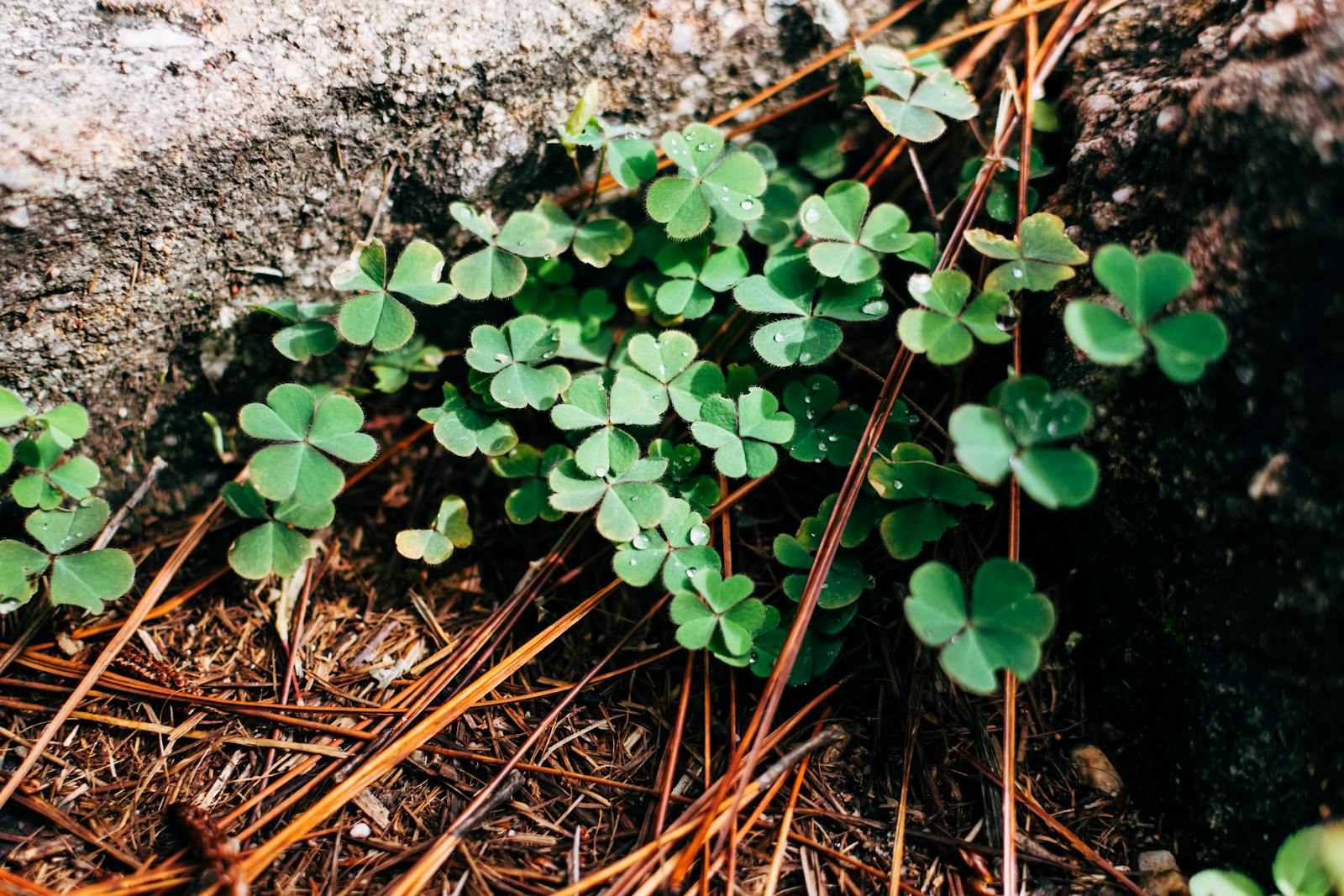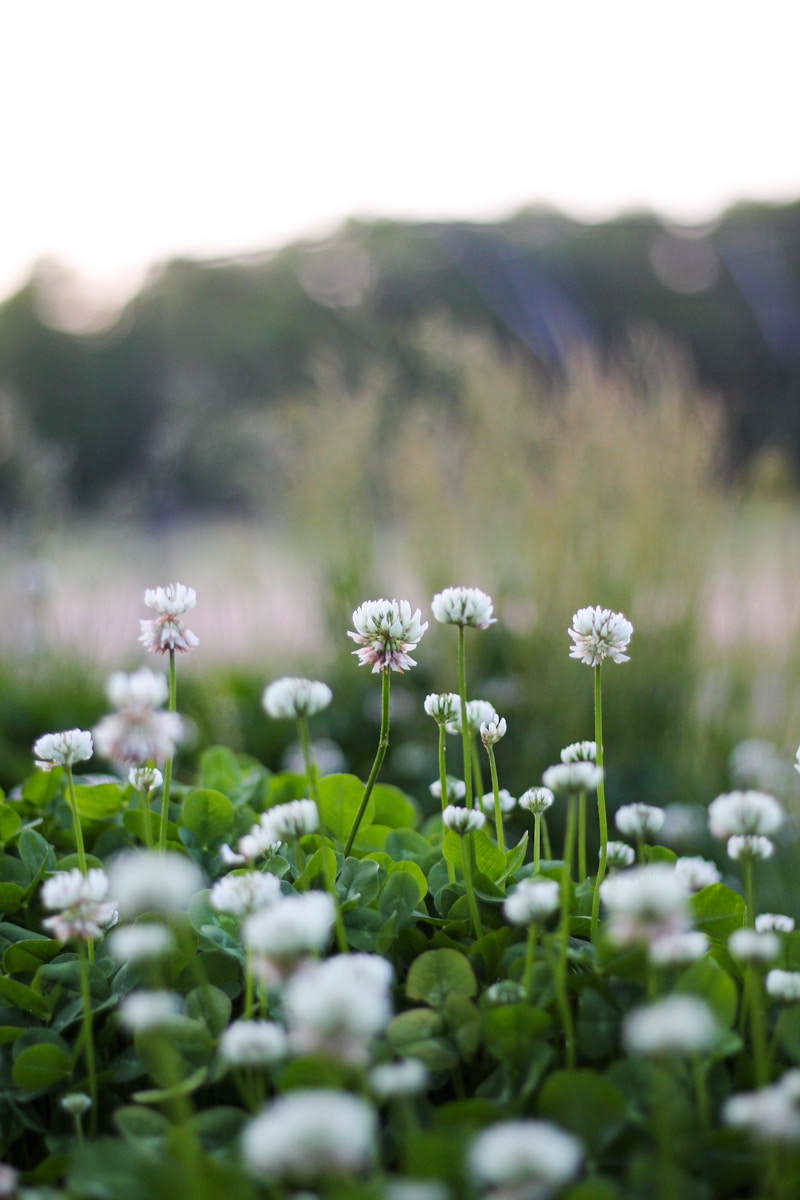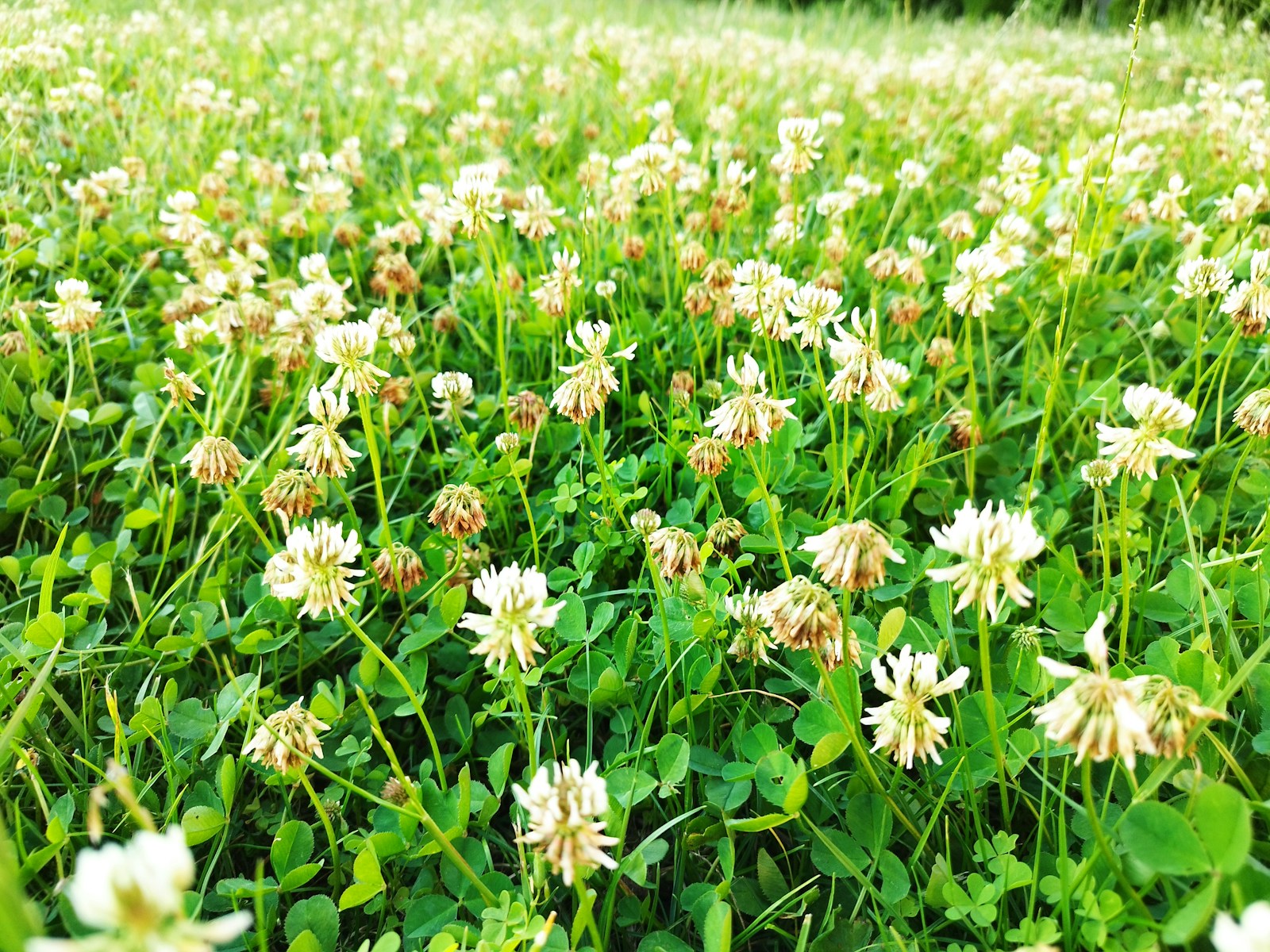Why Clover Lawns Are on the Rise
Traditional turfgrass has long been the American standard, but it comes with a cost: high water usage, fertilizer dependency, and constant maintenance. Clover lawns, once considered old-fashioned, are making a comeback as homeowners search for more sustainable and affordable options.
Planting clover is surprisingly straightforward. With the right preparation and timing, you can establish a thriving lawn that stays green with less effort than grass. This guide walks you through every step, from soil preparation to your first mow.
Step 1: Choose the Right Time to Plant
Clover seed needs mild temperatures and consistent moisture to establish successfully.
- Spring (mid-March through May): Best in northern climates where summers can be hot and dry.
- Fall (late August through October): Ideal for southern regions where winters are mild. Fall planting allows clover to establish before heat arrives.
Avoid planting during extreme summer heat or just before a hard winter frost.
Step 2: Select Your Clover Variety
Not all clover is created equal. Choosing the right seed depends on your goals.
- Microclover: Best for blending with grass lawns; smaller leaves and fewer flowers.
- White Dutch Clover: Affordable and self-seeding; a reliable choice for full clover lawns.
- Strawberry Clover: Heat- and salt-tolerant; thrives in coastal or clay-heavy soils.
Consider using a Microclover Seed Blend – Premium seed that integrates seamlessly into existing lawns for a traditional look with lower maintenance.
Step 3: Prepare the Soil
Clover grows best in loose, well-drained soil. A little preparation ensures strong germination.
- Clear the Area – Remove weeds, debris, and old turf. If overseeding into grass, mow short.
- Loosen the Topsoil – Use a rake or tiller to loosen the top 2–3 inches of soil.
- Check Soil pH – Clover prefers a pH of 6.0–7.0. Apply lime if the soil is too acidic.
- Optional Compost – A light layer of compost can improve soil fertility and moisture retention.
Step 4: Spread the Seed
Accurate seeding is key to achieving full, even coverage.
- Seeding Rate: Use 2–8 ounces of seed per 1,000 square feet. Higher rates create denser lawns.
- Mixing Tip: Blend seed with sand or sawdust for more even distribution.
- Application: Spread seed by hand for small areas or with a broadcast spreader for larger lawns.
- Overseeding Grass Lawns: Mix 10–20% clover seed with grass seed for a balanced blend.
Our spreader pick? Scotts Turf Builder Broadcast Spreader – Ensures even distribution of clover or mixed seed across medium and large lawns.
Step 5: Water for Germination
Clover seed requires consistent moisture for the first two weeks.
- Water lightly twice a day until seedlings emerge.
- Keep soil consistently damp but not soggy.
- Once seedlings reach one inch tall, reduce to a deep watering every few days.
Within 7–14 days, sprouts should appear. Full establishment may take 6–8 weeks depending on weather.
Step 6: First Mow and Early Care
Your clover lawn will be ready for its first mowing once it reaches 3–4 inches tall.
- Mow high, removing no more than one-third of growth.
- Continue to mow every 2–3 weeks to encourage dense coverage.
- Avoid mowing too short, which stresses young clover.
By the end of the first growing season, your clover lawn should be fully established.
Step 7: Ongoing Maintenance
While clover lawns require less care than grass, a few best practices will keep them thriving.
- Watering: Established clover usually requires no supplemental watering except in extreme drought.
- Fertilizer: Clover naturally fixes nitrogen, eliminating the need for chemical fertilizers.
- Overseeding: Overseed thin areas each year to maintain coverage.
- Weed Management: A dense clover stand crowds out most weeds naturally. Spot-treat only if necessary.
Common Mistakes to Avoid
- Planting too deep: Clover seed should stay near the soil surface; covering more than ¼ inch reduces germination.
- Overwatering: Excess water promotes rot and weed growth.
- Skipping soil prep: Poor soil leads to patchy results, even with good seed.
Conclusion
Planting a clover lawn is one of the simplest ways to reduce lawn care costs while improving environmental sustainability. With the right seed, timing, and a bit of preparation, you’ll enjoy a lush, green lawn that requires minimal effort to maintain.



